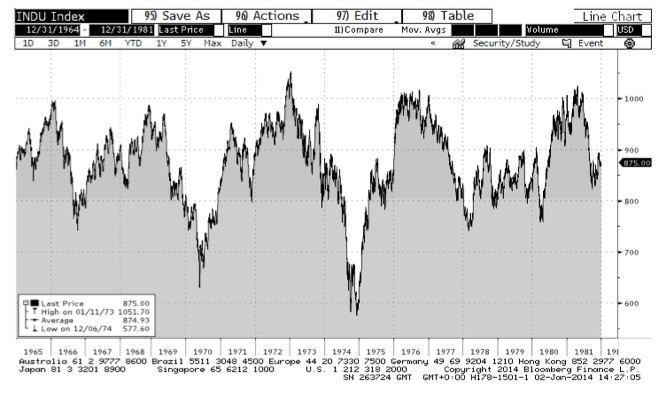Just before the start of the first POMO of the new year, gold was slammed lower by 2.1% on more than 8000 contracts in what the CME subsequently said was not an erroneous trade. Humor aside, how the CME justified the immediately following 10 second halt, was trough the invocation of a "velocity logic" event, not to be confused with the familiar "stop logic" circuit breaker which we have profiled in the past. Which obvioisly brings up the question: what is a velocity logic event.
Here, straight from the exchange's mouth, is the explanation:
Velocity Logic is designed to detect market movement of a predefined number of points either up or down within a predefined time. Velocity Logic introduces a momentary suspension in matching by transitioning the futures instrument(s) and related options into the Reserved/Pause State.
When a lead month futures instrument is placed in the Reserved State, the following actions occur in the corresponding options markets:
Options auto-reserve functionality automatically pauses matching in the associated options and options strategies markets.
All resting mass quotes are canceled when the auto-reserve functionality is initiated.
This Reserved State is maintained for a few seconds after the futures instrument has resumed trading. During the reserved period, customers can submit, modify and cancel orders. Mass quotes are rejected.
Allowing the user community this momentary opportunity to enter, modify, or cancel orders in this situation provides the ability to re-establish the proper market prices. The market data Security Status (tag 35-MsgType=f) message is used to communicate the instrument status during the Velocity Logic event.
And some more:
The following examples describe the Velocity Logic event and the use of the Security Status message.
|
State |
Description |
|
Market Remains Open |
An aggressing order that requires particular market scenarios (e.g., Fill and Kill, Minimum Quantity, Fill or Kill) that would trigger Velocity Logic will be rejected via an Execution Report-Reject message (tag 35-MsgType=8, tag 39-OrdStatus=8), with tag 58-Text=Order price submitted/derived violates Velocity Logic Threshold. The market will remain open. |
|
Market Is Reserved |
If the execution price has moved the market up or down outside a predefined points value within a predefined time period, the Velocity Logic functionality is triggered and the instrument is placed in reserved state for a predetermined amount of time. A FIX/FAST Security Status (tag 35-MsgType=f) message is generated to notify the market of this state. If the reserved market is the front month lead future, the underlying options will also be halted and all products in the same product group are placed in Pre-Open State. CME Globex products with lead month futures instruments are outlined in the GCC Product Reference Sheet. |
|
Market Reserved Activities |
While the market is in a reserved state:
|
|
Market Reopens |
The FIX/FAST Security Status (tag 35-MsgType=f) message is generated. If the Indicative Opening Price is outside the new expanded range, the instrument remains in the reserved state for another time interval and the Indicative Opening Price verification is performed again. This process continues until either the market is adjusted within the Indicative Opening Price range or the predefined maximum number of iterations has been performed. While the options market is in the Pause state, clients can cancel resting orders. No other actions are allowed. During the Pause state CME Globex cancels all options quotes. Once the futures Velocity Logic event has been resolved, the options market transitions from 'Pause' to 'Open' with no indicative opening price; price discovery occurs via customer quote submission. |
* * *
We suggest you familiarize yourself with the above: we have a distinct feeling both Stop and Velocity Logic events will become far more frequent in the Fed's balance sheet renormalization days ahead.
![]()
via Zero Hedge http://feedproxy.google.com/~r/zerohedge/feed/~3/DuTpw3lsAT4/story01.htm Tyler Durden









 Libertarian businessman and
Libertarian businessman and



 As many as 20,000 prisoners in Colorado may have
As many as 20,000 prisoners in Colorado may have